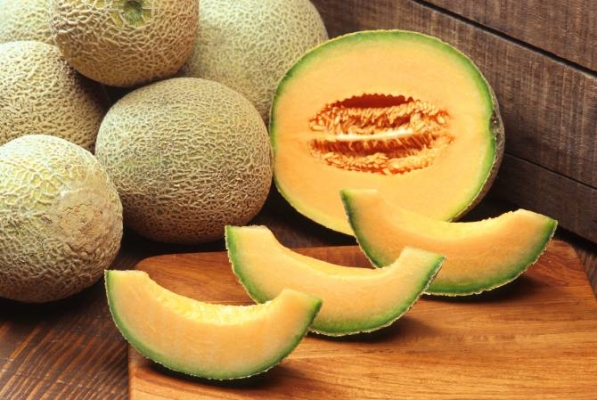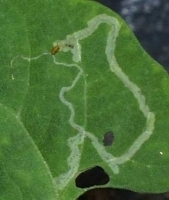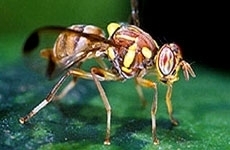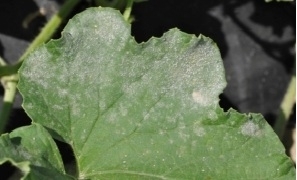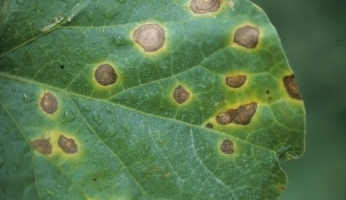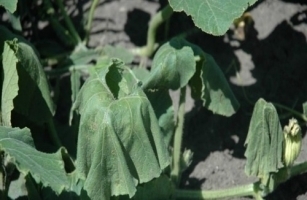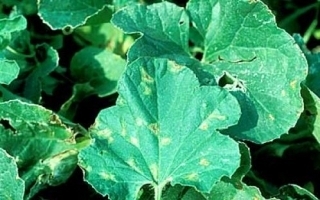Fertilizer Requirement (kg/acre)
Nutrient Requirement (kg/acre)
| NITROGEN |
PHSOPHORUS |
POTASH |
| 20 |
12 |
10 |
Apply Farm Yard Manure or well decomposed cowdung@4-6tonnes per acre. Apply Nitrogen@20kg, Phosphorus@12kg and Potash@10kg in form of Urea@45kg, Single Super Phosphate@75kg and Muriate of Potash@17kg per acre. Apply whole amount of Phosphorus, Potash and one third amount of nitrogen before sowing seed. Apply remaining dose of nitrogen near vines base, avoid touching it and mixed well in soil during initial growth period.
When crop is of 10-15 days old, for good growth of crop along with good quality, take spray of 19:19:19+Micro-nutrients@ 2-3gm/ltr of water. Prevent flower drop and increase yield up to 10% take spray of Humic acid@3ml + MAP (12:61:00)@5gm/ltr of water at flowering stage. After 55days of sowing spray 13:0:45@100gm + Hexaconazole @25ml/15Ltr water for fast development of fruits and protection against powdery mildew. 65 days after sowing to increase in fruit size, sweetness and colour take spray with 0:0:50 @1.5kg/acre using 100gm/15Ltr of water.

